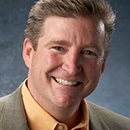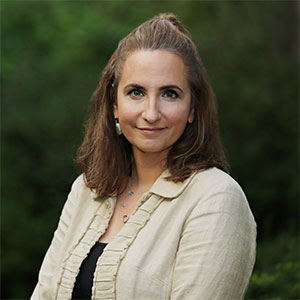Parents
/Home & Leisure
Family guide to new movie releases
'MUFASA: THE LION KING'
Rated PG for action/violence, peril and some thematic elements.
What it’s about: This prequel to "The Lion King" shares the coming-of-age story of King Mufasa, and details the rift between him and his brother Scar.
The kid attractor factor: The dazzling photorealistic animation, songs and story in this beloved ...Read more
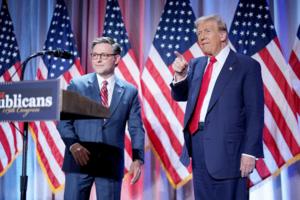
Editorial: Legislation to keep kids safe online cannot wait
What is U.S. House Speaker Mike Johnson waiting for? Months ago, the Louisiana Republican was handed broadly popular legislation to protect children from the harms of social media. But he vowed this week not to allow a vote in his chamber until Donald Trump is sworn in as president and a new Congress convenes. Stalling the protections is wrong ...Read more
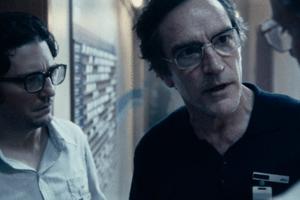
Family guide to new movie releases
'KRAVEN THE HUNTER'
Rated R for strong bloody violence, and language.
What it’s about: This Spider-Man antihero gets his own stand-alone movie and origin story in this comic book adaptation.
The kid attractor factor: Kids may be drawn to the superhero genre.
Good lessons/bad lessons: Walk your own path but be aware of your motivations.
...Read more
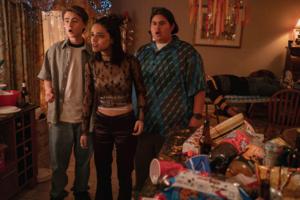
Family guide to new movie releases
'Y2K'
Rated R for bloody violence, strong sexual content/nudity, pervasive language, and teen drug and alcohol use.
What it’s about: A period horror comedy set during New Year's Eve 1999, during which the Y2K bug actually causes the robots to rise up and attack a small town.
The kid attractor factor: Teens will be drawn to the horror genre ...Read more
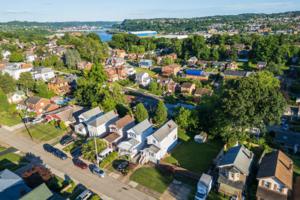
Editorial: How we build our neighborhoods shapes our communities -- and kids' mental health
A September study in the Journal of the American Medical Association illustrates just how interconnected mental health and community truly are. By cross-referencing survey results about emotional well-being from over 2,000 Allegheny County teenagers with the locations of their homes, the study proved that living near community assets like ...Read more
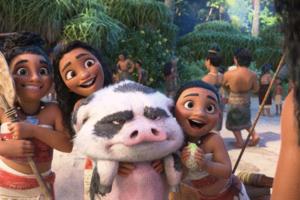
Family guide to new movie releases
'MOANA 2'
Rated PG for action/peril.
What it’s about: A sequel to the beloved 2016 animated film sees Moana as a more experienced wayfinder, putting together a crew for a voyage across the ocean to find and connect with more people.
The kid attractor factor: The gorgeous animation, songs and inspiring story.
Good lessons/bad lessons: Do ...Read more
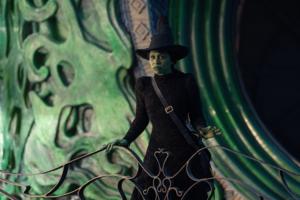
Family guide to new movie releases
'WICKED'
Rated PG for some scary action, thematic material and brief suggestive material.
What it’s about: The movie musical adaptation of the blockbuster stage production that imagines the origins of the Wicked Witch of the West from "The Wizard of Oz."
The kid attractor factor: The fantastical magical setting, songs and stars.
Good ...Read more
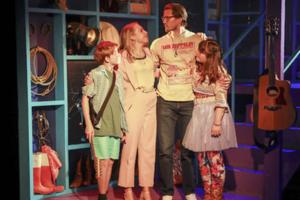
She got seizures at 17 months old. So her dad wrote a musical about epilepsy and empathy
LOS ANGELES -- In March 1998, Ben Decter drove from Los Angeles to Tijuana to get medicine for his 17-month-old daughter, Addie. She had "catastrophic childhood epilepsy," the neurologist had told him, and a drug not yet available in the U.S. was their best bet to treat her nonstop seizures.
That terrifying moment is currently revisited five ...Read more
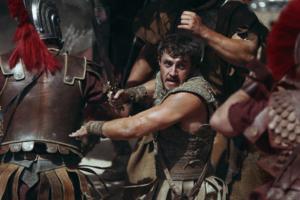
Family guide to new movie releases
'RED ONE'
Rated PG-13 (for action, some violence, and language)
What it’s about: Santa Claus is kidnapped right before Christmas, so his head of security and a hacker go looking for him among mythical beasts and beings.
The kid attractor factor: This sort of has a kiddie appeal with the holiday cheer and monsters and creatures, but it also...Read more
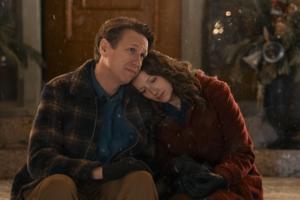
Family guide to new movie releases
'HERETIC'
Rated R for some bloody violence.
What it’s about: Two young Mormon women end up at the home of a man they believe they can convert, and find a trap waiting for them.
The kid attractor factor: None for this philosophical horror flick.
Good lessons/bad lessons: You can do everything right and a man still might be determined to ...Read more
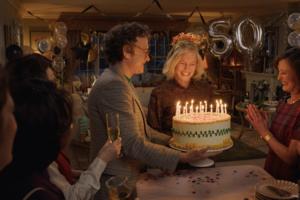
Family guide to new movie releases
'HERE'
Rated PG-13 for thematic material, some suggestive material, brief strong language and smoking.
What it’s about: An innovative domestic drama looking at one house and one place from a single point of view over many hundreds of years.
The kid attractor factor: Not much — this is more of an adult drama.
Good lessons/bad lessons: ...Read more
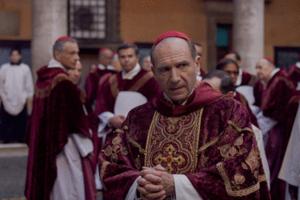
Family guide to new movie releases
'VENOM: THE LAST DANCE'
Rated PG-13 for intense sequences of violence and action, bloody images and strong language.
What it’s about: The third spin on the dance floor for Eddie Brock and his sassy symbiote sidekick sees them at Area 51 battling other aliens.
The kid attractor factor: It's a monster movie comic book character — some ...Read more

Kids are sucking down baby food pouches at record rates. 'We're going to pay for it,' experts say
LOS ANGELES -- Every week, Caitlin Scuttio stops by Target and piles her cart with pureed food pouches for her 4-year-old and twin 18-month-olds sons.
In goes a 24-pack of unsweetened applesauce. Then a 24-pack of the fruit and veggie blend. And finally, the yogurt pouches for her oldest son's breakfast. "He'd eat six apple sauce pouches a day ...Read more

Commentary: Kids with chronic pain often go untreated. That has a profound effect on mood
Although most research and attention focus on adults, children and adolescents suffer from chronic pain and mental health disorders in numbers as high as adults.
A study published in JAMA Pediatrics last month showed that a third of children younger than age 18 who have chronic pain also meet the criteria for anxiety disorder, while 1 in 8 ...Read more
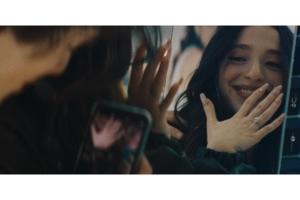
Family guide to new movie releases
'SMILE 2'
Rated R for strong bloody violent content, grisly images, language throughout and drug use.
What it’s about: The sequel to the surprise horror hit sees the smile demon infecting a mega-famous pop star.
The kid attractor factor: Teen audiences will be drawn to the horror flick, especially in spooky season, but no appeal for kids.
...Read more
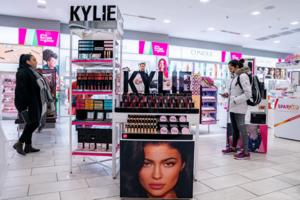
Kids are spending big money on skin care. Some adults are concerned
Fourth-grader Naiya White knows what you think about her twice-daily beauty regimen and her Sephora shopping trips.
"I heard all you guys were freaking out about 10-year-olds using skin care," she says in a TikTok video posted last month, standing outside a Sephora store in Grand Junction, Colorado. "So let's go pick some out!"
Moments later, ...Read more
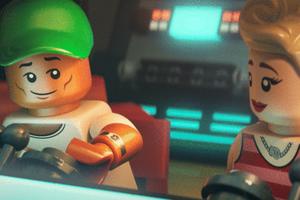
Family guide to new movie releases
'PIECE BY PIECE'
Rated PG for language, some suggestive material and thematic elements.
What it’s about: A documentary about musician, producer and fashion designer Pharrell Williams' life, done entirely in Lego style.
The kid attractor factor: Kids will definitely be drawn to the Lego style and soundtrack of popular songs.
Good lessons/...Read more

Mom leads charge for Riley's Residence, 'loving home' for kids with disabilities
BOISE, Idaho -- When Michelle Short, 52, was diagnosed with a brain tumor in 2019, her first thought was about how she’d maintain care for her son.
Then a single mother to a 12-year-old with severe intellectual and developmental disabilities, Short made a decision she thought she’d never have to make: She put her son, Riley, in a group home...Read more
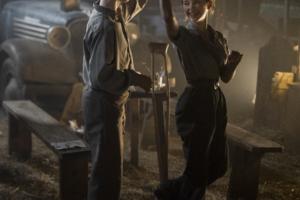
Family guide to new movie releases
'WHITE BIRD'
PG-13 for some strong violence, thematic material and language.
What it’s about: An older woman recounts her childhood experience in the Holocaust to help her grandson learn a lesson about kindness.
The kid attractor factor: This young adult-aimed film has appeal for older kids and teens in its characters, story and lessons.
...Read more
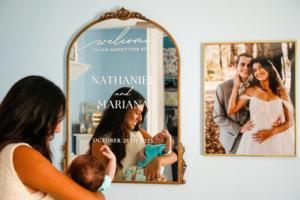
Tragedy struck for Catholic newlyweds. Months later, a miracle?
On the first day of their honeymoon, they had planned to sleep in, relax, then explore their Sandals resort in Saint Lucia.
But when Nate Kuhlman, 23, awoke that sunny morning, he couldn’t wait to hit the waves. He convinced Mari, 22, to go water skiing.
With a driver and spotter on the boat, there was only room for one of them. Mari watched...Read more
Popular Stories
- Family guide to new movie releases
- Editorial: Legislation to keep kids safe online cannot wait
- Editorial: How we build our neighborhoods shapes our communities -- and kids' mental health
- Tragedy struck for Catholic newlyweds. Months later, a miracle?
- She got seizures at 17 months old. So her dad wrote a musical about epilepsy and empathy
